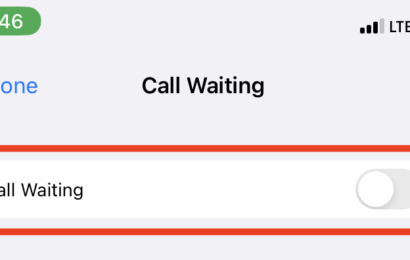UniFi is the most popular of Ubiquiti’s networking solutions, tailored for home and business. UniFi’s dashboard displays a variety of useful metrics associated with the various devices in your current network infrastructure, such as switches and routers. The dashboard can be customized according to the specific needs of your infrastructure.
How do I get to the UniFi dashboard?
The UniFi dashboard can be accessed by logging into the UniFi account. When you go to https://account.ui.com/login, you will be asked to input your email or username and the password that you have used in creating your account in the UniFi SetUp Wizard. After logging in, the UniFi dashboard will appear. Please note that the controller must be on in order for the dashboard to be accessed.
1. Go to https://account.ui.com/login.

2. Enter your email and username.

How do I customize my UniFi dashboard?
You can customize your UniFi dashboard by logging into your UniFi dashboard, locating the dropdown menu next to WiFi Metrics then click on “Manage Dashboards.”. Once you click on the ‘Manage Dashboards’ option, you need to click “Add custom dashboard” and the Add Custom Dashboard prompt will appear. Supply the dashboard name and description or upload a dashboard profile in the corresponding sections. (A dashboard profile is a saved profile from a previously customized dashboard.)
Next, a widgets section will appear, where a variety of free widgets will be displayed. Each widget has an associated name and image. To add the widget, hover over the image and left-click once. The widget will then be added in real time to the preview of the customized dashboard on the bottom half of the window.
1. Log into your UniFi Dashboard:

2. Click on the Add custom dashboard button beside WiFi Metrics.

3. Input the information that Dashboard Name and Description, and click Create.

4. Choose the widgets that you want to see in your Custom Dashboard.

5. Once you’ve selected the widgets and you’re done creating your custom dashboard, click Done.

Widgets that are added to the dashboard can be arranged by dragging and dropping to the target section. Hovering over the widgets displays the specific values of the associated widget. Different widget settings, such as color, can be accessed by clicking on the settings icon represented by 3 stacked horizontal lines.
Keep in mind that only the most useful widgets should be displayed because the more widgets that are on the dashboard, the higher the CPU load from the UniFi controller.
Once you are satisfied with your dashboard layout click “Done” and your customized dashboard will automatically be displayed. If you have additional dashboard profiles, they can be accessed by the dropdown menu adjacent to the currently displayed dashboard profile name.
Dashboard widgets provide a visual way to display metric data derived from the various devices of your network infrastructure.
Basic information is displayed from the following widgets, which are Latency, Throughput, WAN, and WLAN.
Latency displays a value derived from the latest Speed Test. Additionally, the widget is color coded to indicate status. If the face turns black, the Speed Test is available. If the face turns Red, the Speed Test is not available.
Note that a UniFi Security gateway has to be active for the test to be available. Throughput displays a value derived from the latest Speed Test. The widget is also color coded, black or red and have correspondingly the same aforementioned status.
The Speed Test widget displays the following information from the latest Speed Test: Last Run, Latency, Upload, and Download speeds. Click the button “Run Speed Test” to do as such.
On the WAN, LAN, and WLAN widgets, the following information is displayed: the number of wired devices that are active, inactive, or pending adoption. These widgets are color-code Green or Red to indicate if the network is active or inactive, respectively.
For the WAN widget, clicking displays the status information related to the Gateway, DNS, number of Clients, and upload & download speeds. For the LAN widget widget, clicking displays information related to LAN IP addresses, number of Users, Guests, and Switches, the download rates, upload rates of wired networks, and the number of APs. For the WLAN widget, clicking Status information displays the number of Users, Guests, APs, download speeds, and upload speeds.
The Download Throughput & Latency widget displays a chart of the past 24-hours. The average throughput, a dark gray bar, and the maximum throughput, a light gray bar, is displayed in the graph. The latency is the blue line. The actual average and maximum throughput values are displayed when a user clicks on a specific point on the chart.
The Upload Throughput & Latency widget displays a chart of the past 24-hours. The average throughput, a dark gray bar, and the maximum throughput, a light gray bar, is displayed in the graph. The latency is the blue line. The actual average and maximum throughput values are displayed when a user clicks on a specific point on the chart.
The Radio Band widget displays information related to the Devices and Clients. For the Devices, there is a Channel Occupancy Chart for 2.4Ghz or 5Ghz Radio Bands. The Chart displays channel use per access point. Each access point is represented by a square icon, with the color of the square representing a specific status and percentage of utilization.
Unifi controller dashboard widgets download
Widgets are not downloaded, as they are part of the Unifi Controller. The widgets can be accessed by navigating to the “Manage Dashboards” section, where they can be added to a custom dashboard.





